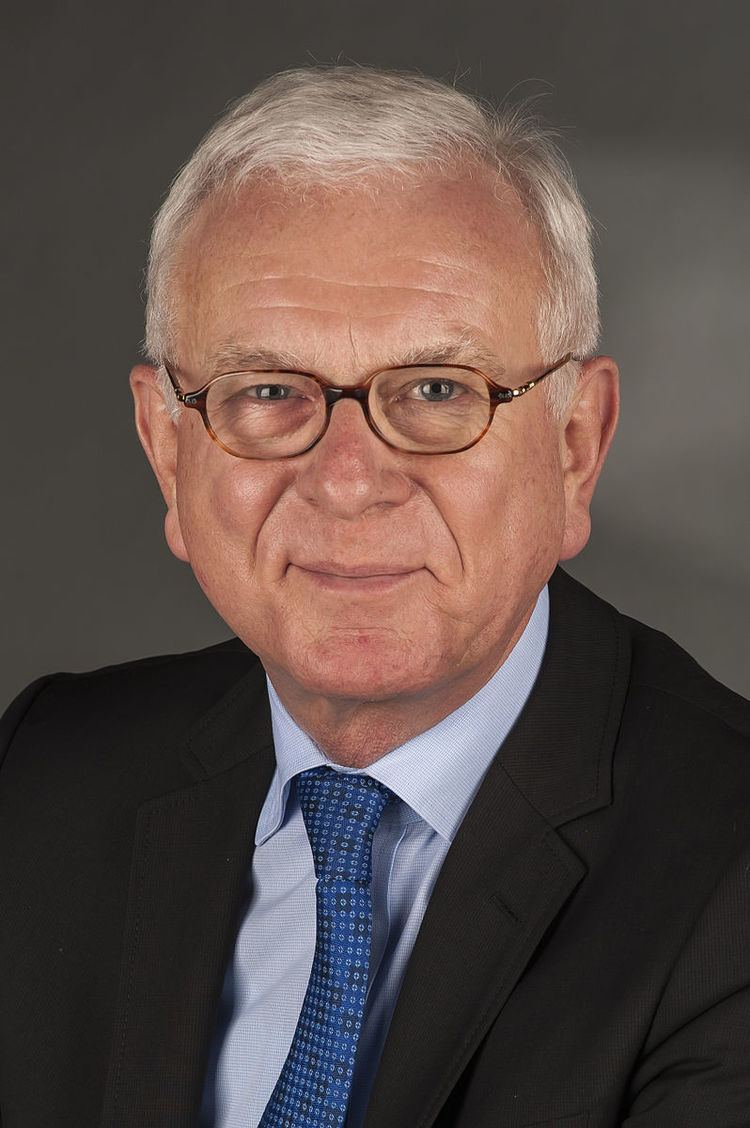10–13 June 2004 2009 → 233, 37.2% 180, 28.8% 282 203 | Turnout 45.6% 180, 28.8% 50, 8.0% 203 86 | |
 | ||
Elections to the European Parliament were held between 10 and 13 June 2004 in the 25 member states of the European Union, using varying election days according to local custom. The European Parliamental parties could not be voted for, but elected national parties aggregated in European Parliamental parties after the elections.
Contents
- Results by country
- Results by EU party 2004 estimated result
- Results by EU party 2007 national result
- New parties in the 2004 election
- New inclusion
- Political group reshuffle after the 2004 election
- Other elections
- References
Votes were counted as the polls closed, but results were not announced until 13 and 14 June so results from one country would not influence voters in another where polls were still open; however, the Netherlands, voting on Thursday 10, announced nearly complete provisional results as soon as they were counted, on the evening of its election day, a move heavily criticized by the European Commission.
342 million people were eligible to vote, the second-largest democratic electorate in the world after India. It was the biggest transnational direct election in history, and the 10 new member states elected MEPs for the first time. The new (6th) Parliament consisted of 732 Members of the European Parliament (MEPs).
Results showed a general defeat of governing parties and an increase in representatives from eurosceptic parties. No majority was achieved. The balance of power in the Parliament remained the same (largest party EPP-ED, second largest PES) despite the 10 new member states.
Results by country
The national results as at 21 July 2004 are as follows:
Results by EU party (2004 estimated result)
The estimated votes by EU party are as follows:
estimated votes byEU partyRegistered voters: 353,460,958 (est.)
Votes cast: 154,317,718 (43.66%) (est.)
Total seats: 732
Notes
1. The figures for the Nordic Green Left Alliance and the European Anticapitalist Left include only those members that are not full members of the Party of the European Left.
2. See above.
3. The figures for the European Christian Political Movement exclude a number of members who hold concurrent membership of the European Peoples Party.
Notes on accuracy:
Results by EU party (2007 national result)
The notional results by EU party as at 8 January 2007 are as follows:
Registered voters: 378,106,633 (est.)
Votes cast: 168,317,718 (44.49%) (est.)
Total seats: 785 (+53)
Notes
1. Roger Helmer was expelled from the EPP-ED group in 2005, but retains the whip of the British Conservative Party.
2. The figures for the Nordic Green Left Alliance and the European Anticapitalist Left include only those members that are not full members of the Party of the European Left.
3. See 2 above.
4. The EUDemocrats, while having a preference for the IND/DEM group, is currently split between UEN and IND/DEM.
5. In addition to the majority of AIDE MEPs which sit in the IND/DEM group, AIDE also includes Non-Inscrit MEP, Jim Allister, as an individual member.
6. The figures for the European Christian Political Movement exclude a number of members who hold concurrent membership of the European Peoples Party.
7. See 4 above.
8. These figures include parties listed on the Euronat page which appear to have links with Euronat short of full membership.
Other notes
New parties in the 2004 election
New inclusion
Gibraltar participated as a result of the judgement in Matthews v. United Kingdom
Political group reshuffle after the 2004 election
Other elections
The elections coincided with legislative elections in Luxembourg and presidential elections in Lithuania. They also coincided with local and regional elections in England and Wales, Irish local elections, regional elections in Belgium, local or regional elections in most of Italy, and state parliament elections in the German state of Thuringia.
